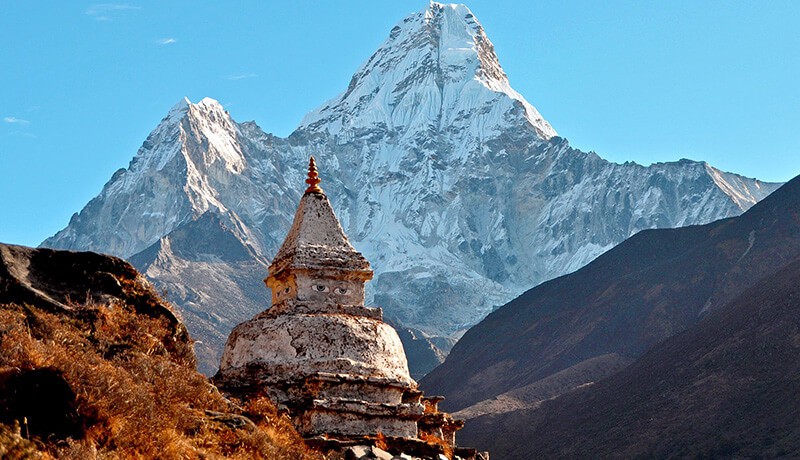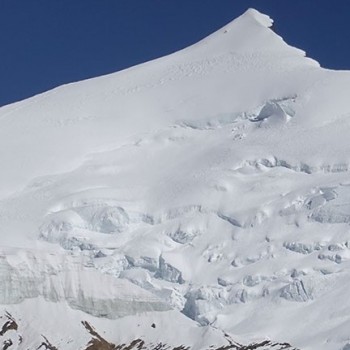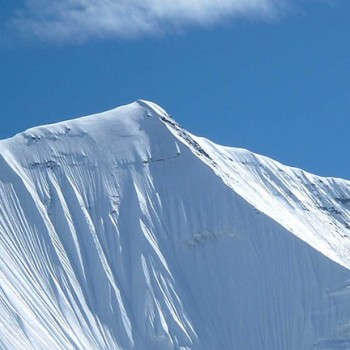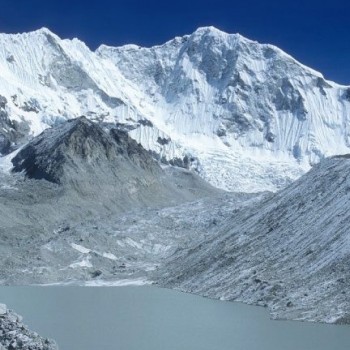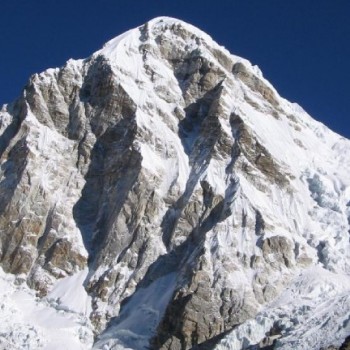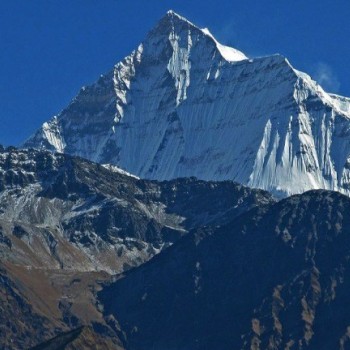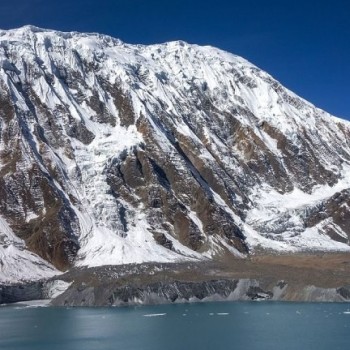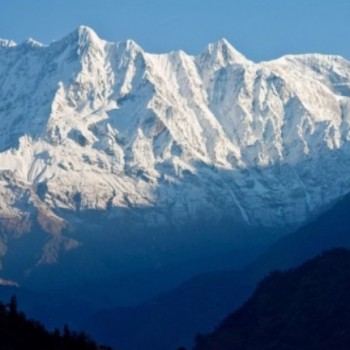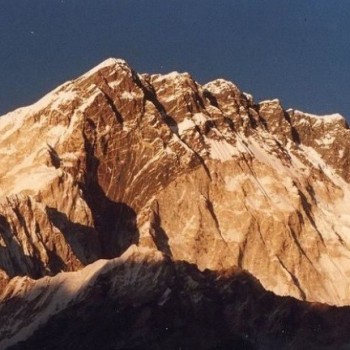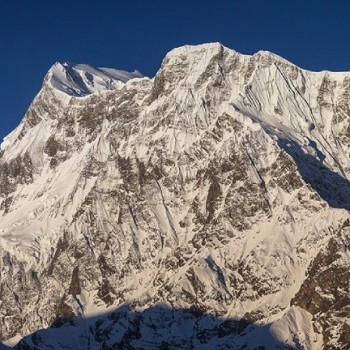Description
To the south of Mount Everest lies the pyramid-like Mount Ama Dablam. As erect and unmoved as it is, its snowcapped apex passes as one of the most elegant peaks of Nepal. The name “Ama Dablam” emerges from its resemblance to “Dablam,” a sacred ornament box used by local Sherpa women. Mt Ama Dablam is hardly known for its height, which measures roughly at 6,856m (22,494ft). But Ama Dablam’s height doesn’t entirely define the mountain’s glory. The abundance of glaciers, narrow ridges, and rocky mean that the Ama Dablam expedition is not one for the faint-hearted. The Ama Dablam trek offers every astonishing delight in the book. Moreover, its soaring shape and sharp approaches make it an ultimate trekking experience for mountaineers.
In 1961, a team of four mountaineers Barry Bishop, Mike Gill, Wally Romanes, and Mike Ward became the first group to climb the Mt. Ama Dablam peak. The mountain has since then entertained hundreds of expeditions over five decades. Mt Ama Dablam has more to offer than any voyage of varying difficulties and itineraries. The challenge this Ama Dablam trek provides is one of a kind, and enough to leave you mesmerized.
Your journey to the peak, however demanding it may be, is equally rewarding. It invites you to a snowy glory; the sense of accomplishment you breathe is in one word- overwhelming. Up there, it’s a kingdom of steep ice, and you bow to the Ama Dablam’s throne. This glacial kingdom has some rules for its visitors, though. You will need to acquire professional rock and ice climbing training for the 27-day Ama Dablam expedition. Therefore, it is no bluff when we say that climbing Ama Dablam requires technical and mental preparedness. One needs to have grit and guts at the same time to achieve this enormous feat.
You will arrive in Nepal to give the adventure a head start. From Kathmandu, you will be taking an adventurous flight to Lukla. From there, you’ll trek to Phakding followed by a trek to Namche Bazaar at 3500m.
From Namche Bazaar, the trek up will lead you to famous Tyangboche monasteries (3867m). From there, we will trek to Pangboche (3985m). Following the trails that lead to Mount Everest, you’ll find your feet at Ama Dablam base camp (4400m). Brace yourselves, as it will take you almost 15 days to finish climbing Ama Dablam. The journey is going to be strenuous, exciting, and memorable.
It’s about time that you break all shackles and set out on the quest to the top of Nepal’s “most beautiful mountain.” I’m sure you are excited, restless, and curious. That’s where we come in.

